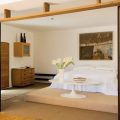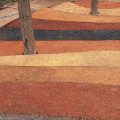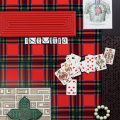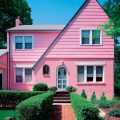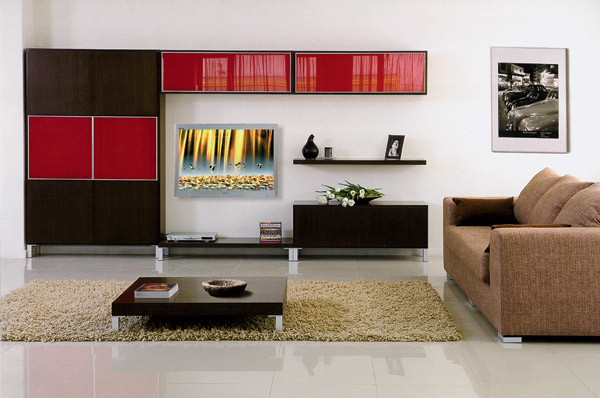 Modular Living Room Furniture
Modular Living Room Furniture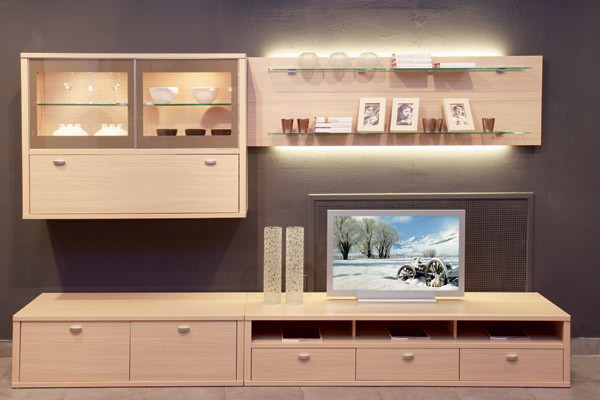


Modeling modulesDesigning the environmentliving room can be done in different ways. For example, on paper. Let's try to arrange the components in the right order, keeping to scale. Yes, it's not very convenient. That's why many manufacturers offer 3D modeling and design of the desired living room directly on their website. This will save time for both the buyer and the showroom managers. In the old days, we were offered a "wall unit" as the only possible option for furnishing a living room. Usually, it consisted of two cabinets (a wardrobe and a bookcase), a cabinet for crystal or porcelain, and a bar. The relevance of the latter was more than questionable, but its presence, as well as the presence of the "wall unit" itself, allowed the owner to feel like a fully-fledged person. A wardrobe was also an essential component of the set, but was, unfortunately, too small. The poor layout of typical apartments, the limited space in hallways, and the lack of even the idea of built-in closets or dressing rooms forced the installation of massive storage containers for clothes in almost all living rooms. The size of a bookcase was also insufficient. Home libraries were regularly replenished with subscription collections of works, and the shelves that initially seemed sufficient turned out to be too cramped. There were more and more books and souvenirs, and new and new shelves appeared on the walls of the corridor and hallway. In other words, no matter how you looked at it, the "wall" lacked functionality. And it had no tendency to transform. The furniture could not grow and develop as things were added. It was even difficult to rearrange it: the "wall" only had enough space along the longest wall. Probably, it is precisely because of such irrationality that most manufacturers today have refused to produce this product. And now the market offers us a choice of two types of living room furniture: ready-made, or modular furniture, and custom-made furniture.
The modular principle
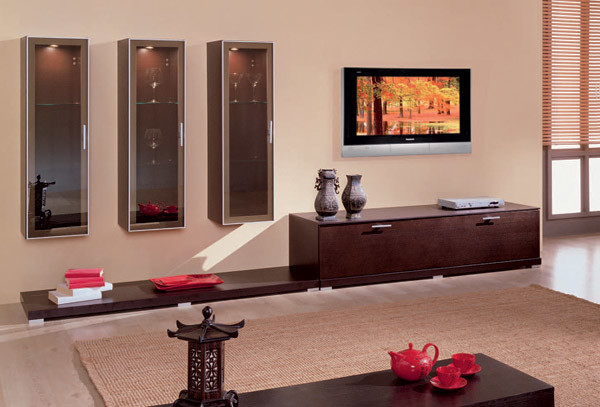
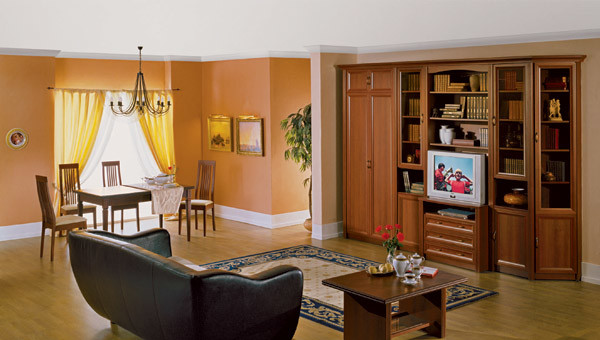 Modular furniture is best thought of asa designer that allows you to model the living room environment depending on the customer's wishes. Any production series includes a set of modular elements determined by the factory. Their number is measured in dozens. These can be cabinets, pedestals, chests of drawers, mirrors, tall units, wardrobes, consoles, wall panels, etc. Of course, within one collection, all modules are designed in the same style and are made of the same materials. The only difference is in the functional purpose and dimensions of the products.
Modular furniture is best thought of asa designer that allows you to model the living room environment depending on the customer's wishes. Any production series includes a set of modular elements determined by the factory. Their number is measured in dozens. These can be cabinets, pedestals, chests of drawers, mirrors, tall units, wardrobes, consoles, wall panels, etc. Of course, within one collection, all modules are designed in the same style and are made of the same materials. The only difference is in the functional purpose and dimensions of the products.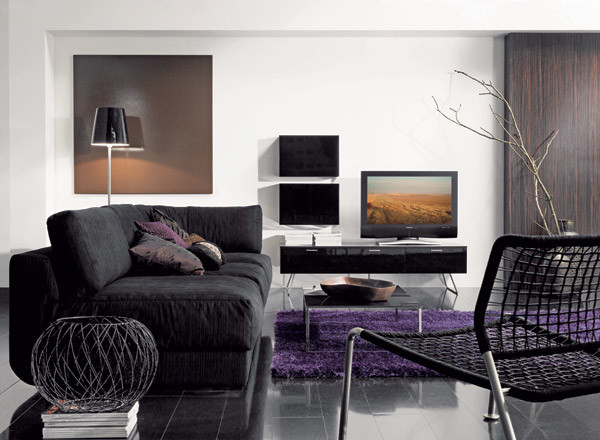
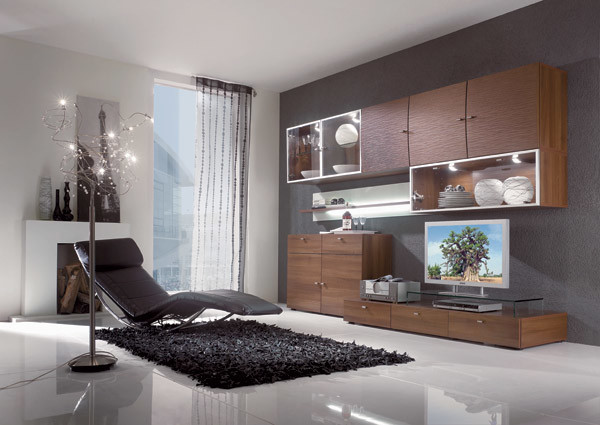
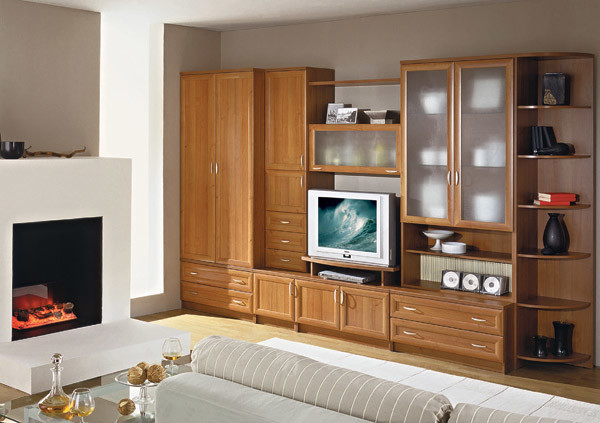
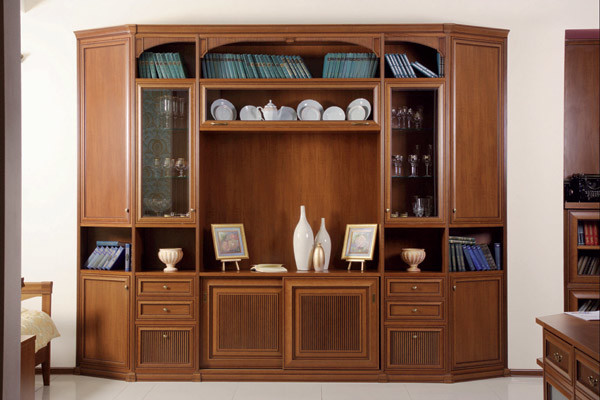
If we talk about materials, then both Russian andForeign manufacturers usually use 18-22 mm thick laminated chipboard for the frame. The edges of the frame are covered with PVC edging in the color of the decor. The material of the back wall is also selected to match the color of the finish. Most often it is fiberboard, less often MDF. The selection of materials for the manufacture and finishing of facades (doors) is approached with greater imagination. If preference is given to frosted or colored tempered glass, it can be either glued to a chipboard base (Cubo from KostromaMebel, Russia) or enclosed in aluminum or steel frames (walls from MaxInterior, Victoria from Odalia, Valencia from Europe, Russia). Almost on equal terms there are such non-trivial finishing as covering chipboard with leather or leatherette (Zoom from Dolce Vita, SD-5 from Ufamebel, Russia), and the already familiar high gloss paint applied to MDF (Harmony from Zarechye, Russia; Volani from BoConcept, Denmark; Book from Lago, Italy; Biona from Nueva Linea, Spain). Let's start the TV show It is strange, but televisions still remain deprived of the attention of manufacturers. There are very few modules designed specifically for TV. However, is there any point in releasing them? After all, due to the fact that modern LCD and plasma monitors are much thinner than their tube “colleagues”, there is a place for them not only on a massive cabinet, but also on a narrow shelf. Combining different types of decor is not prohibited, the main thing is that the “component parts” match each other. Moreover, the abundance of options in itself suggests creative experiments. For example, the body of the already mentioned furniture from the Cubo collection is decorated with a Wenge, Teak or Fine Line Oak coating, and the facade elements are made of white, orange, black, green or blue tempered glass. Why not play with the color of the doors? The range of finishes in the Volani 2013 program is even wider. up to nine combinations (depending on the module type). By the way, in order not to confuse the buyer with such a variety, the manufacturer BoConcept company offers ready-made color combinations. At the same time, the Zarechye factory does not strive to surprise with a variety of colors. The company's specialists decided to pay special attention to the profile of the facades and combined straight and curved doors in the living room compositions. By the way, it would be a mistake to think that the modular construction principle is suitable only for living rooms designed in a modern style. In fact, absolutely the same method is successfully used in the construction of classical furniture (Florence from Europe, Solo from Odalia, Elika 02 from Artis 21st Century, Russia). It's just that in this case more traditional materials are used to finish the frame and facades (veneer, transparent or frosted glass). There are also certain differences in the nomenclature and appearance of the modules. However, this is quite understandable given the requirements of the classical style. Finally, the list of products will most likely lack various hanging cabinets and light consoles, but will include traditional sideboards, massive floor cabinets and corner elements.
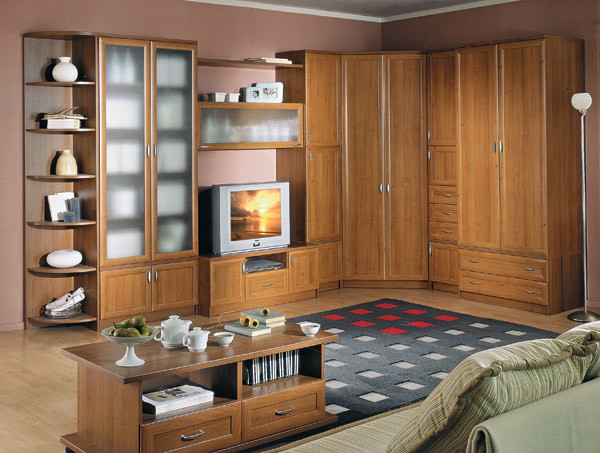
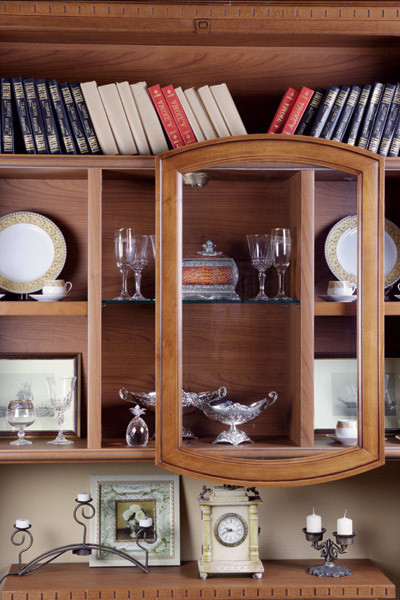
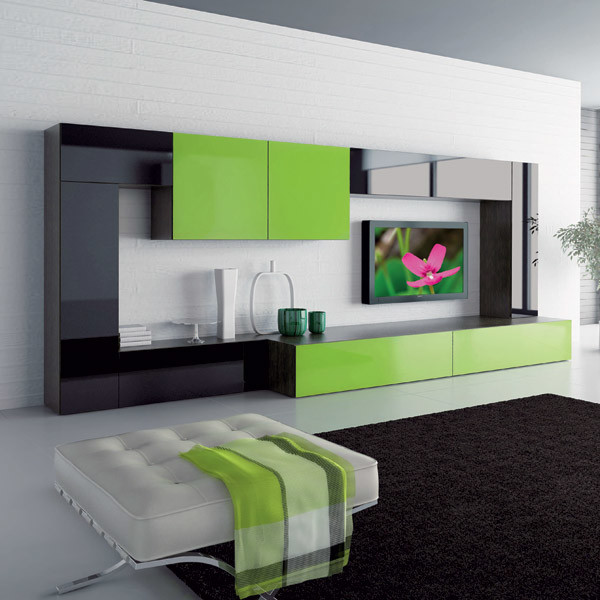
When purchasing a modular living room, the customer's workcan be built according to three schemes. The first is to choose one of the module arrangement compositions offered by the manufacturer. This is the simplest option, but it does not provide confidence that all the wishes and needs of the buyer will be taken into account. The second scheme is to operate with a full set of products from the very beginning and independently or with the help of a designer to construct an original, unique living room. This method is more difficult, but all the books, disks, dishes and equipment will definitely fit in the selected modules. The third scheme is to buy additional modules as needed, replacing those that are no longer relevant, or simply complementing the furniture. This method can be considered as a regular rearrangement. Tired of the usual arrangement of things? No problem. Buy one or two additional modules, rearrange the existing ones, and here we have a completely new living room.





